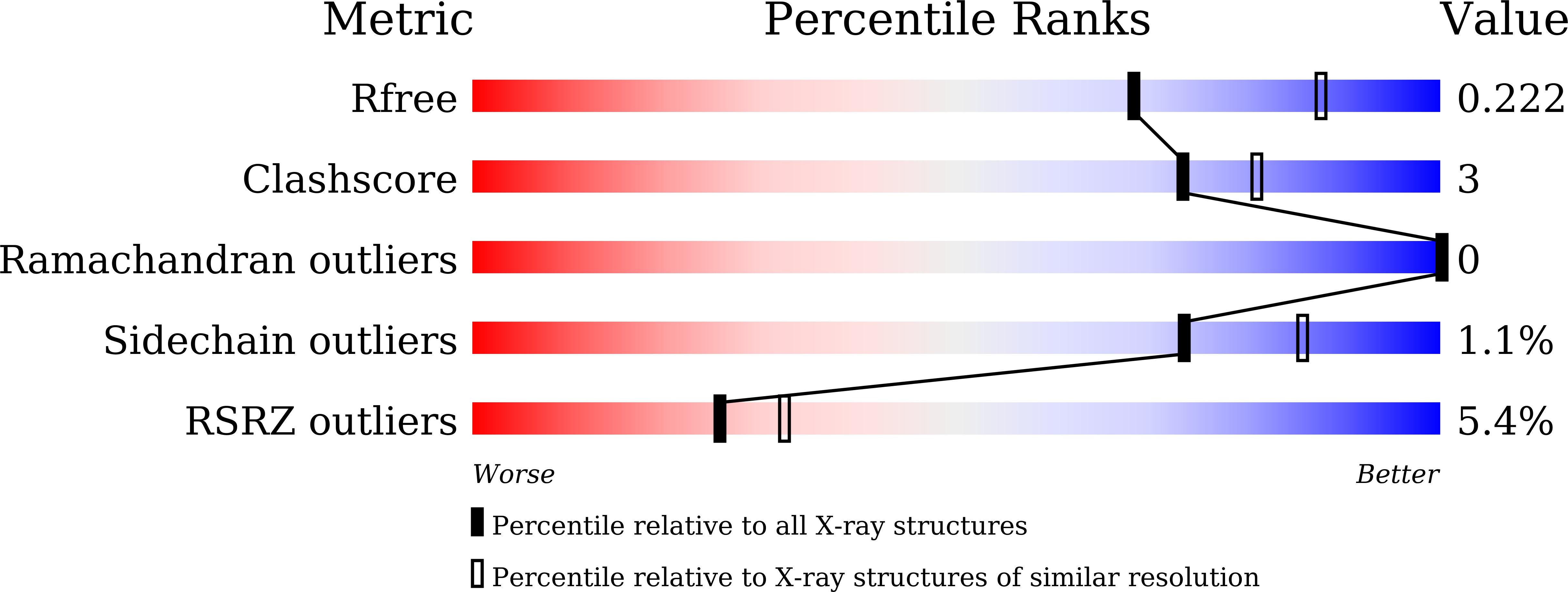
Deposition Date
2021-09-18
Release Date
2022-02-16
Last Version Date
2024-10-23
Entry Detail
PDB ID:
7VGV
Keywords:
Title:
Anion free form of light-driven chloride ion-pumping rhodopsin, NM-R3, structure determined by serial femtosecond crystallography at SACLA
Biological Source:
Source Organism:
Nonlabens marinus S1-08 (Taxon ID: 1454201)
Host Organism:
Method Details:
Experimental Method:
Resolution:
2.30 Å
R-Value Free:
0.24
R-Value Work:
0.20
R-Value Observed:
0.21
Space Group:
P 21 21 21


